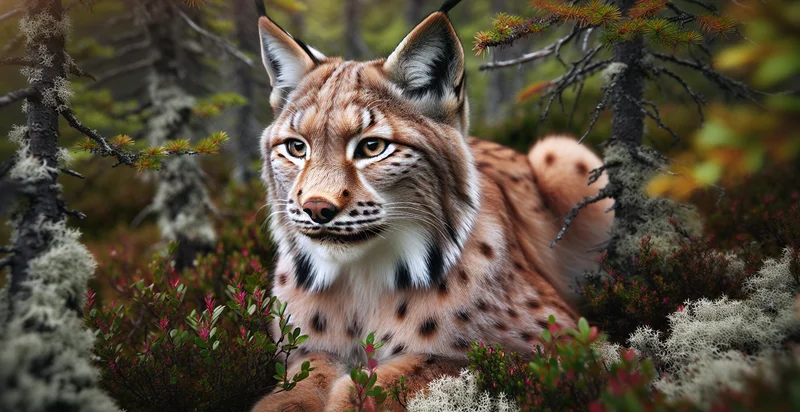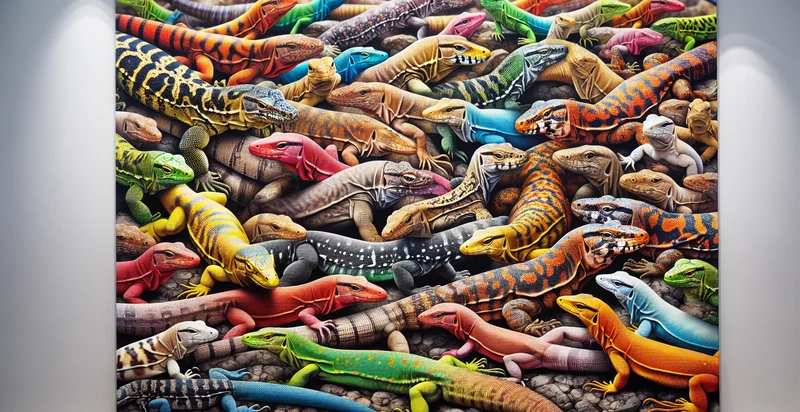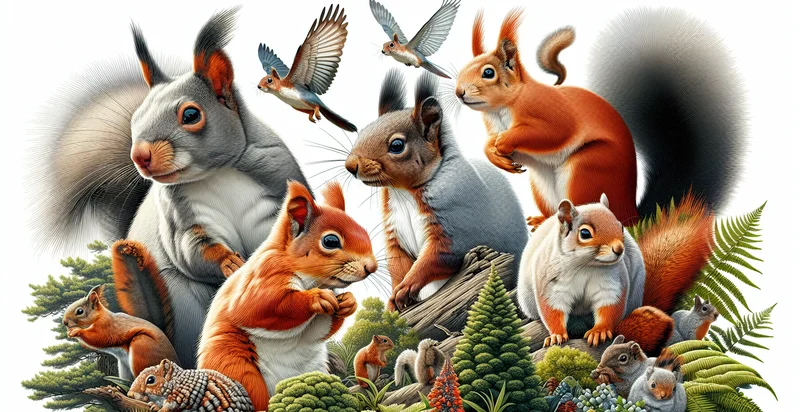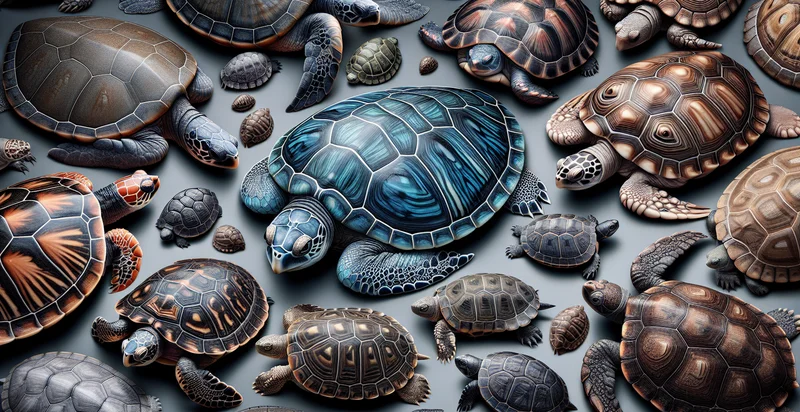Identify lynx species
using AI
Below is a free classifier to identify lynx species. Just upload your image, and our AI will predict which species of lynx it is - in just seconds.

Contact us for API access
Or, use Nyckel to build highly-accurate custom classifiers in just minutes. No PhD required.
Get started
import nyckel
credentials = nyckel.Credentials("YOUR_CLIENT_ID", "YOUR_CLIENT_SECRET")
nyckel.invoke("lynx-species-identifier", "your_image_url", credentials)
fetch('https://www.nyckel.com/v1/functions/lynx-species-identifier/invoke', {
method: 'POST',
headers: {
'Authorization': 'Bearer ' + 'YOUR_BEARER_TOKEN',
'Content-Type': 'application/json',
},
body: JSON.stringify(
{"data": "your_image_url"}
)
})
.then(response => response.json())
.then(data => console.log(data));
curl -X POST \
-H "Content-Type: application/json" \
-H "Authorization: Bearer YOUR_BEARER_TOKEN" \
-d '{"data": "your_image_url"}' \
https://www.nyckel.com/v1/functions/lynx-species-identifier/invoke
How this classifier works
To start, upload your image. Our AI tool will then predict which species of lynx it is.
This pretrained image model uses a Nyckel-created dataset and has 4 labels, including Eurasian Lynx and Canada Lynx.
We'll also show a confidence score (the higher the number, the more confident the AI model is around which species of lynx it is).
Whether you're just curious or building lynx species detection into your application, we hope our classifier proves helpful.
Related Classifiers
Need to identify lynx species at scale?
Get API or Zapier access to this classifier for free. It's perfect for:
- Biodiversity Monitoring: Conservation organizations can use the 'lynx species' identifier function to monitor and record the presence of various lynx species in different environmental regions. This helps in tracking species migrations and understanding biodiversity.
- Regulatory Compliance: Wildlife trade regulation entities can use this function to identify traded lynx species, ensuring that trade complies with laws and conventions for the protection of endangered animals.
- Animal Research: Biologists and zoologists can use the 'lynx species' identifier for their research works, making it easier and more efficient to categorize their subjects and minimizing manual identification errors.
- Wildlife Photography: Nature photographers can use this tool to identify the species of lynx they have captured in their photographs, enhancing the informational value of their work.
- Nature Reserves and Sanctuaries Management: This tool can be used by nature reserve and sanctuary administrators to track and monitor the variety of lynx species in their protected areas, informing habitat management decisions.
- Environmental Education: Educational institutions and environmental nonprofits can use 'lynx species' identifier in their educational materials to create interactive learning experiences and improve students or participants' understanding of lynx biodiversity.
- Forestry Management: Forestry departments can use this function to identify different lynx species in their forests, helping them understand the predatory roles of these species in the ecosystem and plan healthier forest management practices accordingly.


